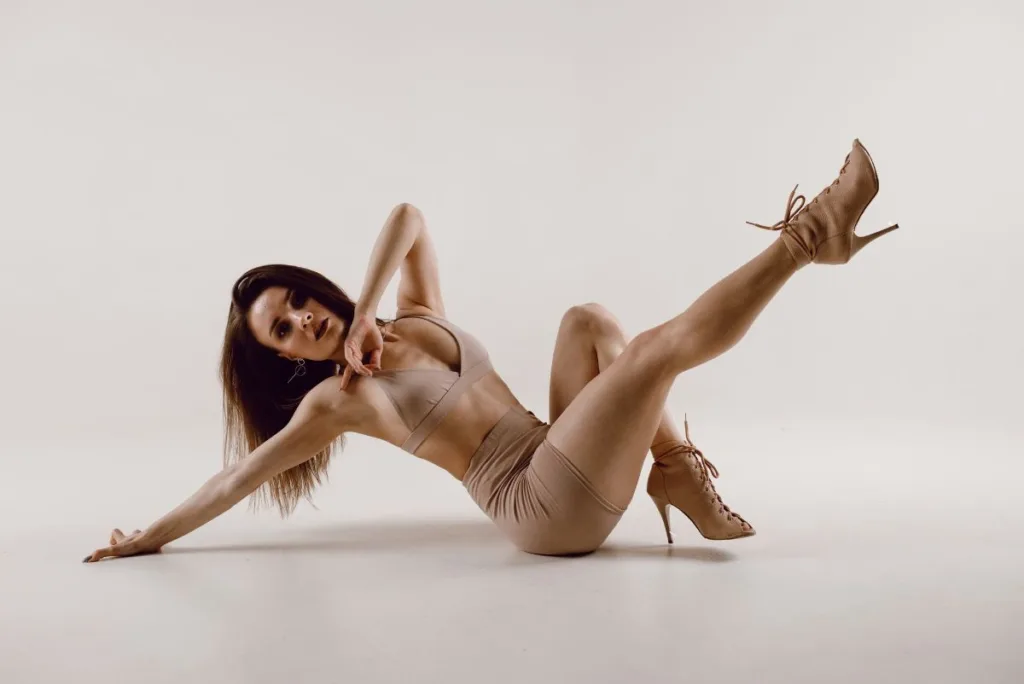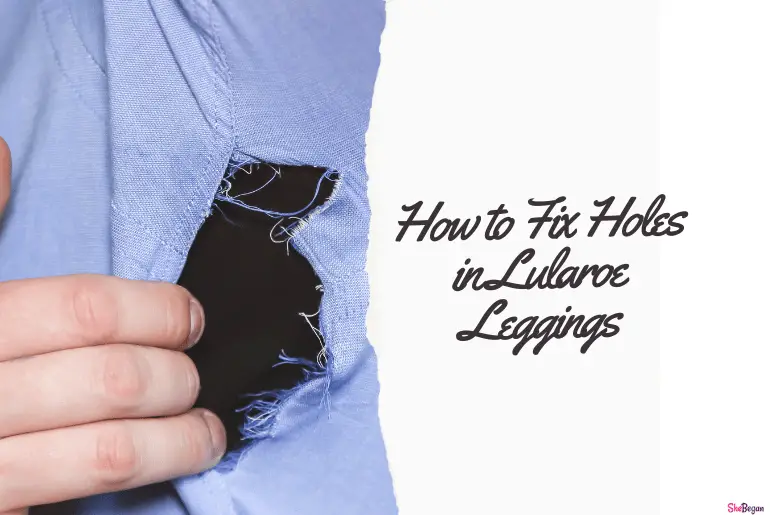The importance of comfort when wearing heels cannot be overstated. Dancers spend hours rehearsing and performing; if their feet are uncomfortable, it can affect their overall performance and technique. In addition, heels can put a lot of pressure on the feet and legs, making it essential for users to choose a comfortable pair of heels.
So the question remains: are dance heels more comfortable? Many dancers struggle with deciding whether to sacrifice comfort for style, and other heel lovers wonder if dance heels are more comfortable.
Dance heels can be comfortable, depending on the individual and the specific pair. Dancers must find a comfortable pair that fits well and provides enough support for their feet during long rehearsals and performances.
Tips for Finding Comfortable Dance Heels
When looking for comfortable dance heels, there are several tips to consider that can make all the difference. These include:
1. Proper fit and size
It’s crucial to find a pair of dance heels that fit properly. Make sure to try on several different sizes and styles to find the one that feels the most comfortable. It’s also important to ensure that the heels are not too tight or loose.
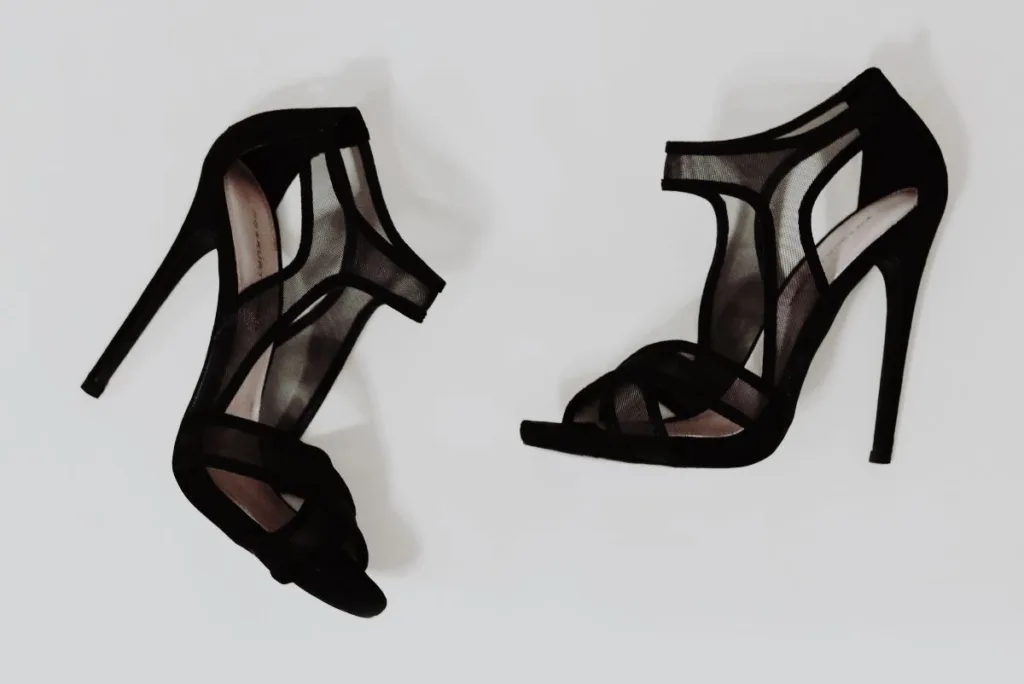
2. Padding and cushioning
Look for dance heels with padding and cushioning in the insole and heel area. This will provide extra support and comfort for your feet during long rehearsals and performances.
3. Adjustable straps and closures
Adjustable straps and closures can help to ensure a better fit and provide extra support for your feet. Look for dancing heels with straps or closures that can be adjusted to fit your feet properly.
4. Quality materials and construction
Look for dancing heels made with high-quality materials and good construction. This will ensure that the heels are durable and will last a long time.
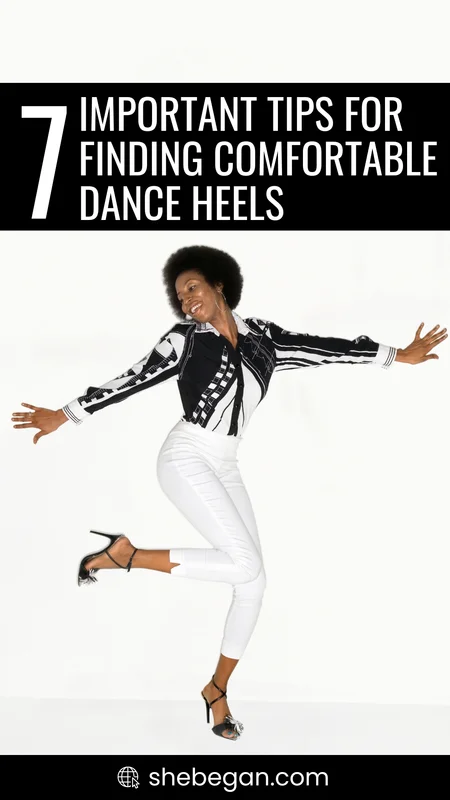
5. Tape your toes
Taping your toes can help prevent blisters and provide extra support for your feet while dancing in heels. This can be especially helpful for dancers who are new to wearing heels or those who have sensitive or injured feet.
Tapping your toes involves wrapping a small piece of athletic tape around the toes most prone to blisters or discomfort. This can help to keep the toes in place and prevent them from rubbing against the inside of the shoe. It also helps to provide extra cushioning and support for the toes, reducing the risk of blisters and discomfort.
6. Wear socks
Wearing socks can also be a helpful tip for finding comfortable dancing heels. Socks can provide extra cushioning and support for the feet, which can help to prevent blisters and discomfort while dancing in heels. They can also help absorb sweat, keeping the feet dry and comfortable.
You can wear different types of socks with dance heels, such as:
- Low-cut or no-show socks are designed to be worn with shoes and provide minimal coverage, making them an ideal option for dancing heels.
- Dance tights or footed tights are thicker and can provide more coverage for the feet and legs. They are perfect for dancers who are looking for more support and warmth.
- Moisture-wicking socks are designed to keep the feet dry by wicking away sweat and moisture. They are perfect for dancers who are looking for more comfort and support.
7. Break-in period
As mentioned before, some dancers may have to go through a breaking-in period to get used to the fit and feel of dancing heels. This can be uncomfortable and painful at first, but it’s necessary to get comfortable with them.
By following these tips, dancers can find comfortable dancing heels that will help them to perform at their best. It’s important to remember that comfortability is subjective, and what works for one person may not work for another. It’s essential to find the perfect pair of performers’ shoes that fit well, provide enough support, and make them comfortable to wear.
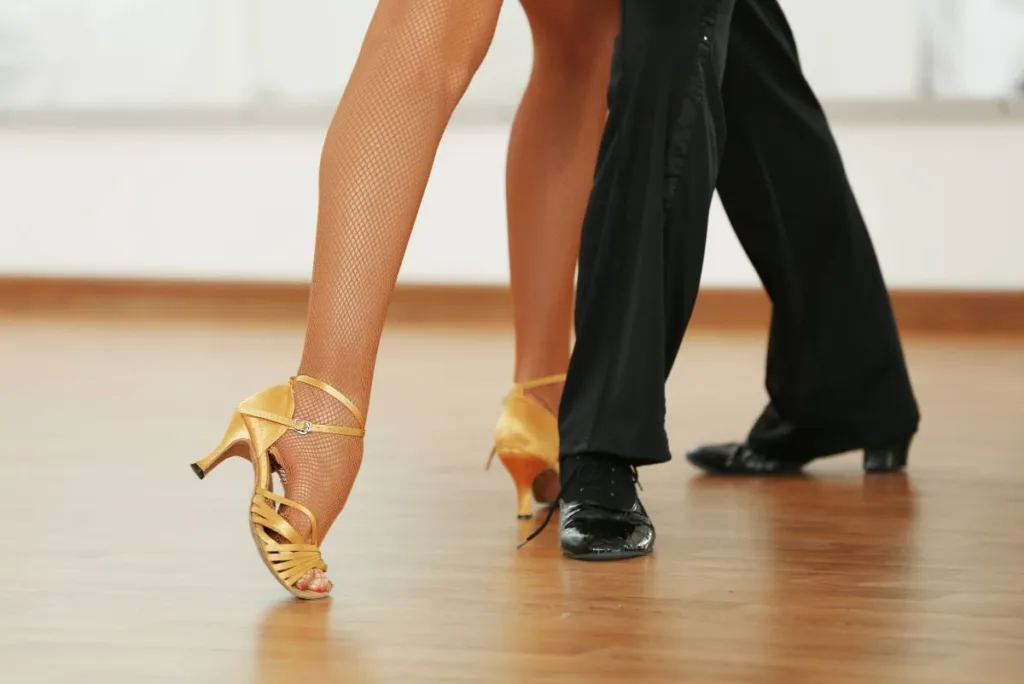
The Pros of Dance Heels
1. Stylish and elegant appearance
Dance heels are designed to add a touch of elegance and style to any dance performance. They can be found in various colors, materials, and designs, making it easy to match them with any outfit. The high-heel design also elongates the legs, making dancers look taller and more graceful on stage.
2. Improved posture and balance
Dance heels require a certain skill and practice to wear comfortably. When dancers learn to wear them correctly, they can improve their posture and balance, enhancing their overall performance.
3. Enhanced performance and technique
Wearing dance heels can also improve a dancer’s technique by forcing them to engage different muscle groups in their feet and legs. This can lead to a more dynamic and powerful performance.
4. Variety of Dancing styles
You can wear dance heels in various styles like Ballroom, Salsa, and Hip-Hop. They are not limited to only one genre of dance, thus making them versatile.
5. Gender-neutral
Dance heels are not limited to women; men can also wear them, and transgender and non-binary individuals can also wear them.
Overall, dance heels offer an aesthetic appeal, improved posture and balance, enhanced performance and technique, a variety of dancing styles, and gender neutrality as their pros. However, the comfortability may vary from person to person. It’s essential to find the right fit and size and adjust for a comfortable experience.
The Cons of Dancing Heels
The cons of dance heels include:
1. Uncomfortable fit and pressure on feet
Dance heels can be uncomfortable for you, especially if they don’t fit properly. High heels can put a lot of pressure on the feet and cause pain and discomfort. This can affect a dancer’s performance and make it difficult for them to concentrate on their moves.
2. Risk of injury and blisters
Dancing in heels can also increase the risk of injuries, such as sprained ankles and blisters. The heels can also cause damage to the feet and legs over time, especially if worn frequently.
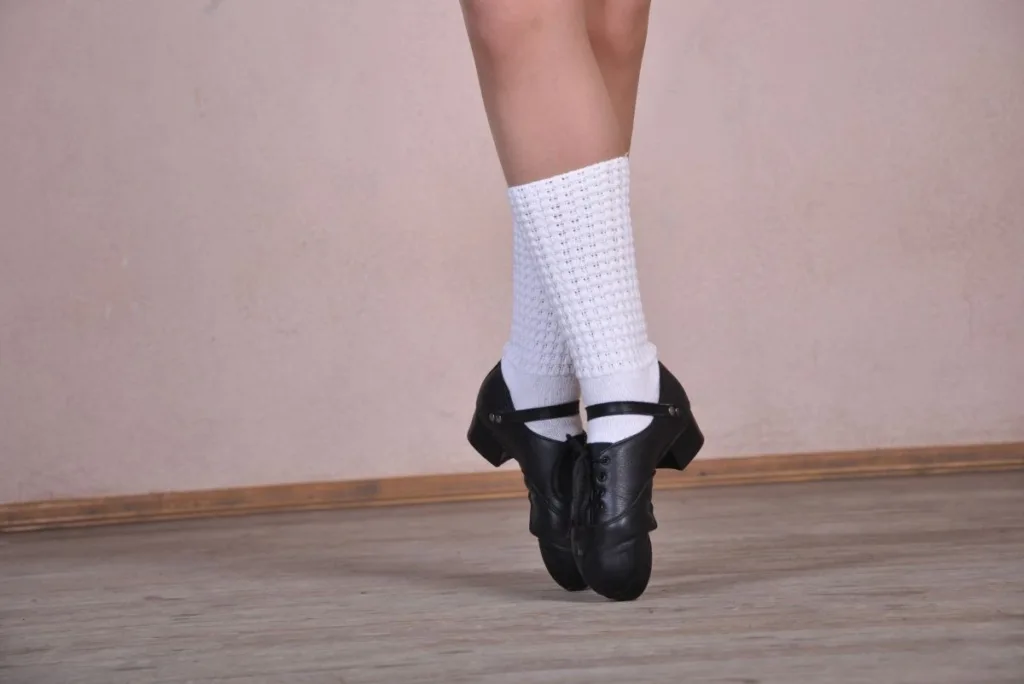
3. Limited mobility and difficulty in certain dance moves
Dance heels can also limit a dancer’s mobility, making it difficult for them to perform certain dance moves. The heels can also make it difficult for dancers to pivot, turn, and jump, affecting their overall performance.
4. Breaking-in period
Some dancers may have to go through a breaking-in period to get used to the fit and feel of dancing heels. This can be uncomfortable and painful at first, but it’s necessary to get comfortable with them.
5. Cost
Dance heels are expensive, especially if they’re of high quality and made with durable materials. This can be a drawback for some dancers as they may need help to afford them.
Best High-Heel Shoes for Dancing
1. Block heels
Block heels provide a wider base, offering better stability and balance. They distribute your weight more evenly and can be more comfortable for extended periods of dancing.
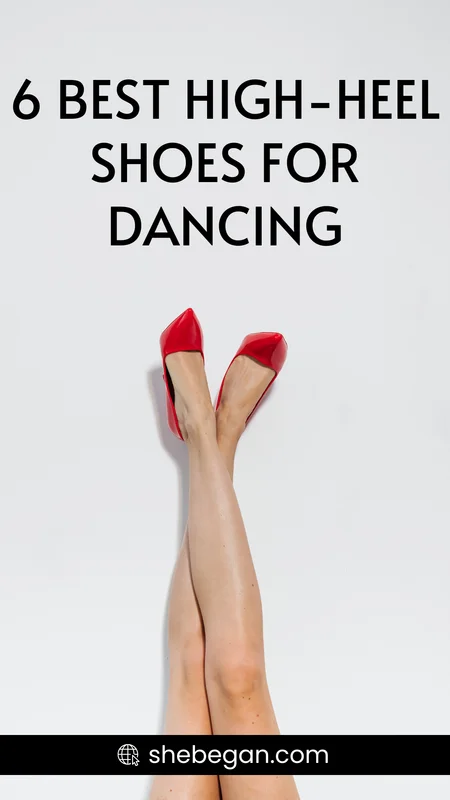
2. Ankle straps
Shoes with ankle straps provide additional support and help secure the shoes on your feet, reducing the risk of slipping or discomfort during movement.
3. Platform heels
Platform heels have a thick sole under the front part of the foot, reducing the incline and making them more comfortable for dancing. They can also provide better arch support.
4. Peep-toe or open-toe styles
Open-toe shoes can be more breathable and prevent your feet from getting too hot during dancing. They also allow for more flexibility and movement.
5. Comfortable insoles
Look for shoes with padded insoles or memory foam to provide cushioning and reduce pressure on the balls of your feet.
6. Flexible soles
Shoes with flexible soles allow for better movement and adaptability to different dance styles. Avoid shoes with rigid soles that restrict your foot’s natural motion.
In Conclusion
Dance heels can be a stylish and elegant addition to your wardrobe, but dancers must choose a comfortable pair of dance heels. The importance of comfort cannot be overstated, as it can affect a dancer’s performance and technique.
It’s important to remember that comfortability is subjective, and what works for one person may not work for another. It’s essential to take the time to find the perfect pair of dance heels that fit well, provide enough support, and make them comfortable to wear. With the right pair of dance heels, dancers can perform at their best and look elegant and stylish on stage.

